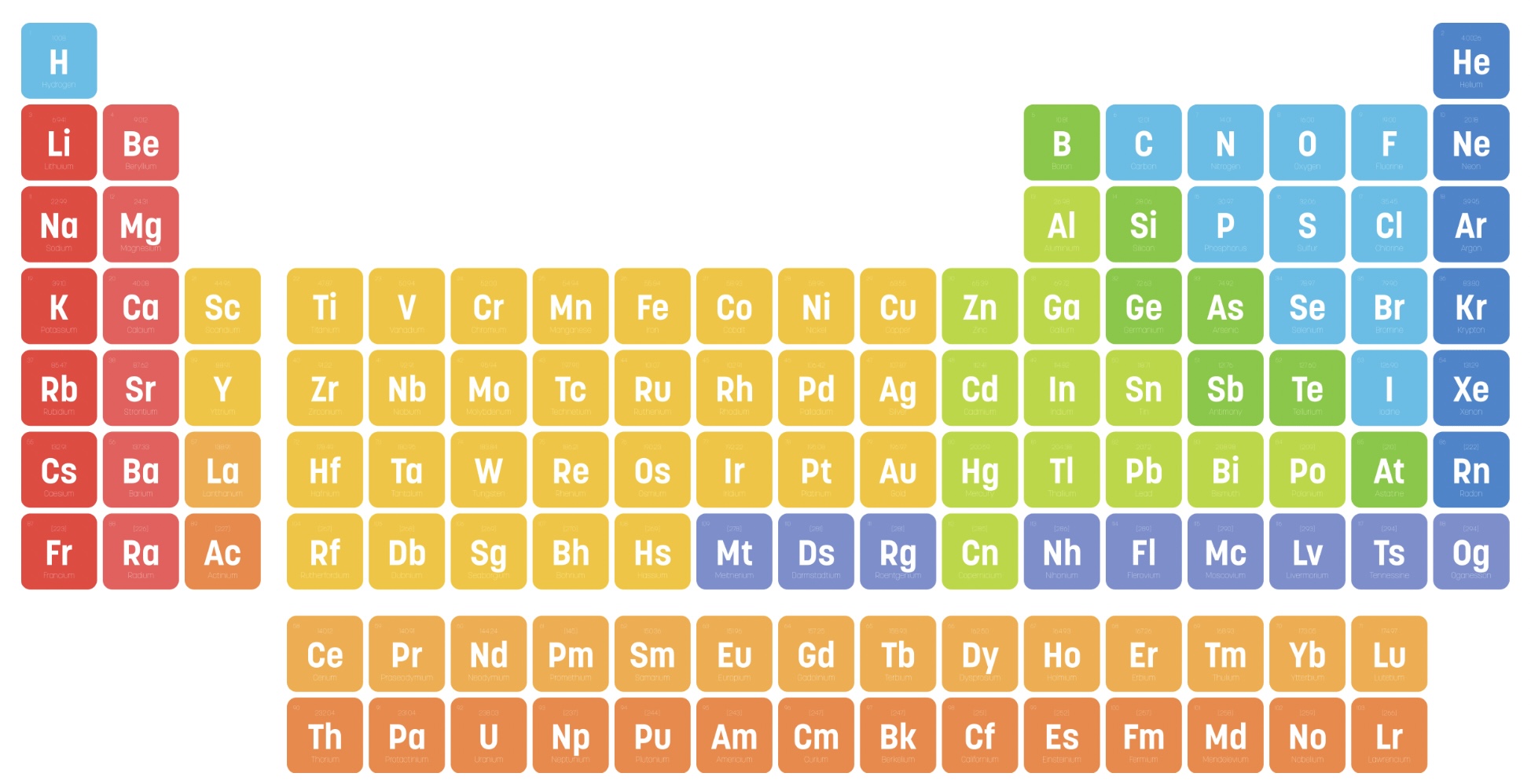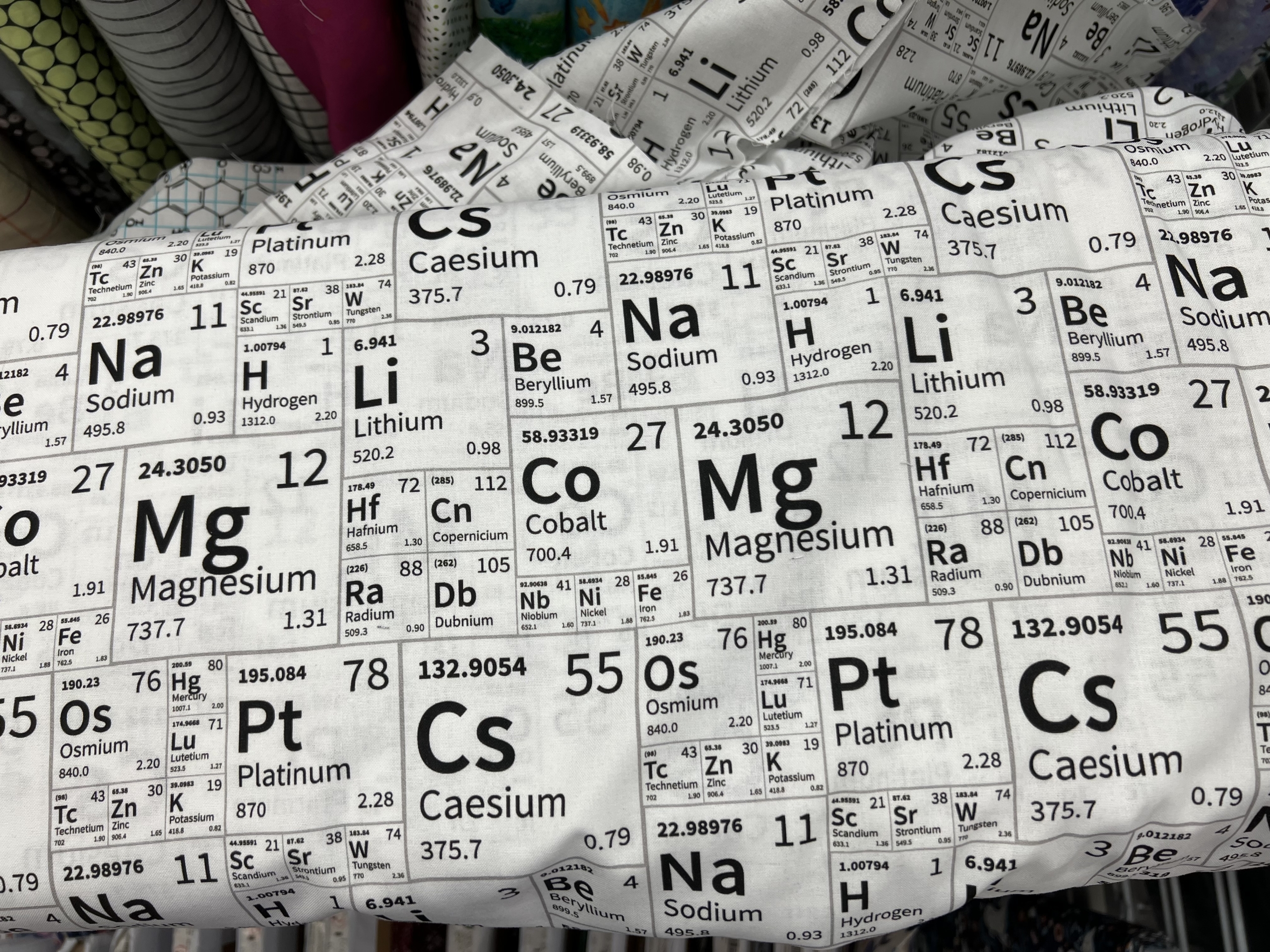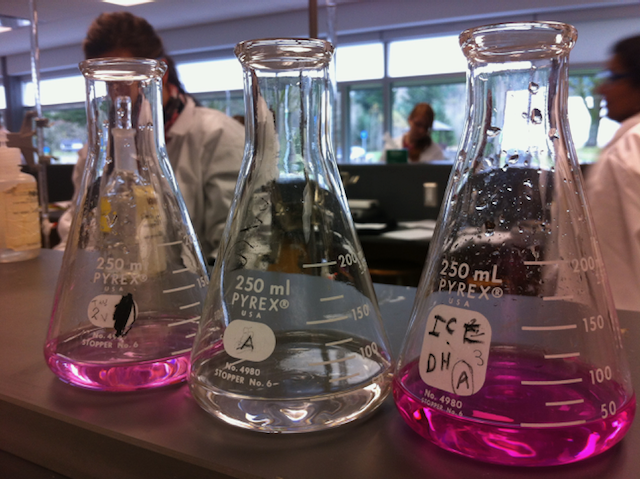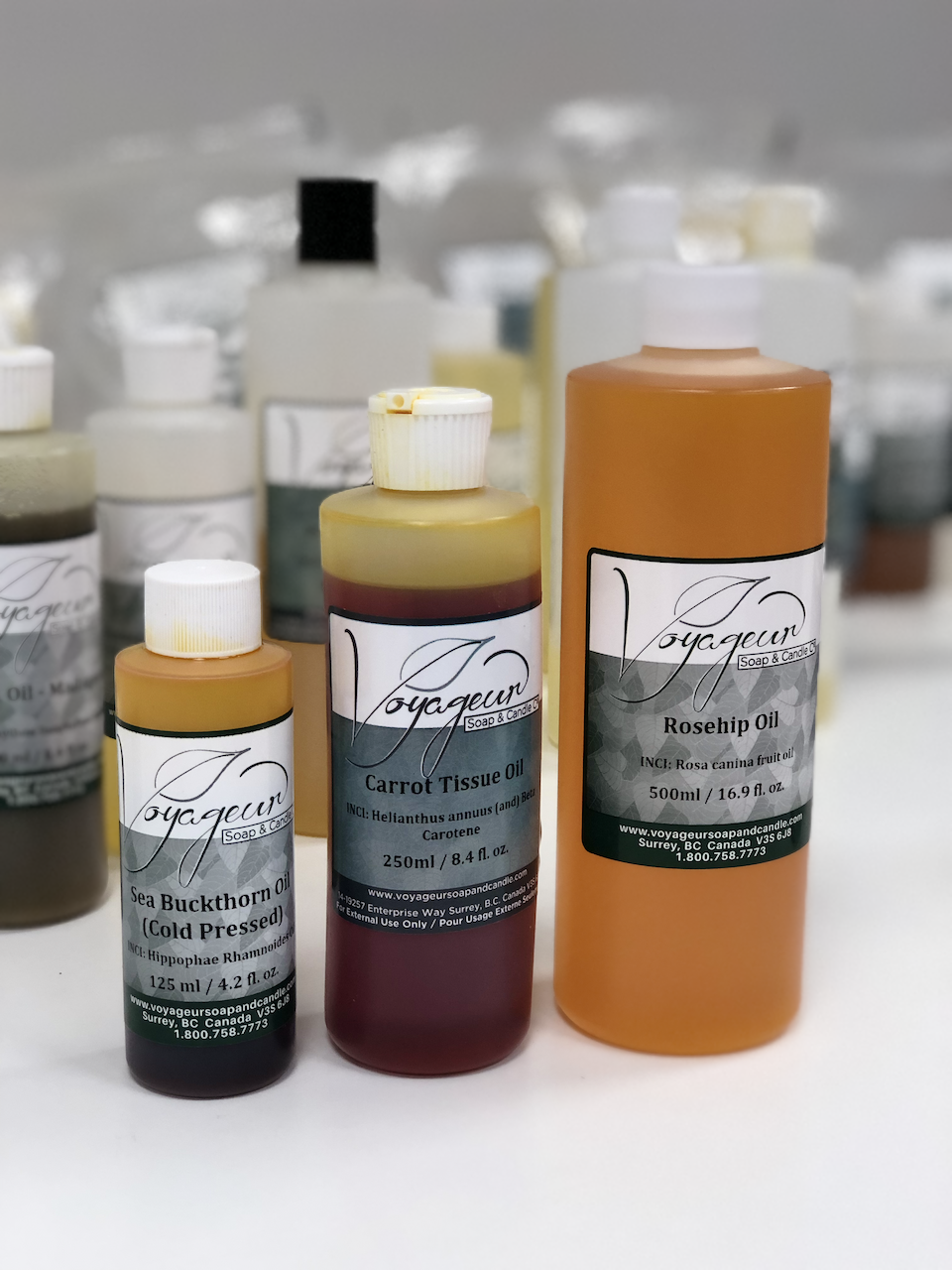Chemistry: How to read the periodic table and how to read an element box! (Part 4)
Welcome to part four of this series on learning chemistry! In part one, we looked at the resources and materials we need to study chemistry. In part two, we learned the parts of an atom – protons, neutrons, and electrons! In part three, we learned about ions and valence shells. Today, in part four, we’ll...




